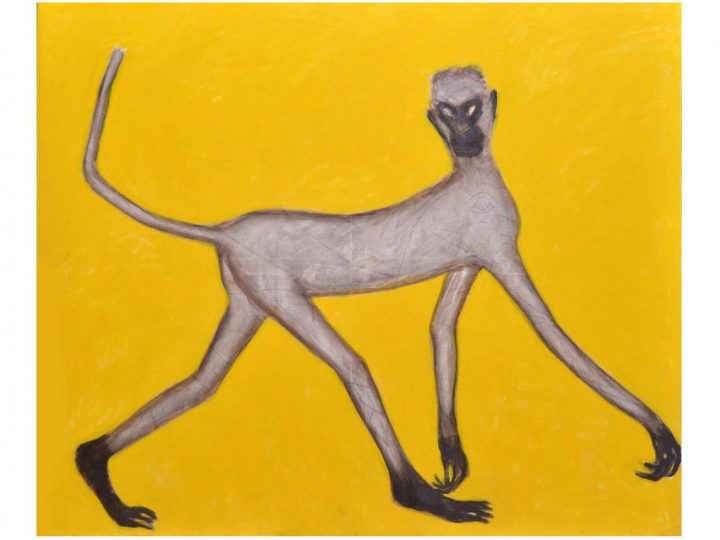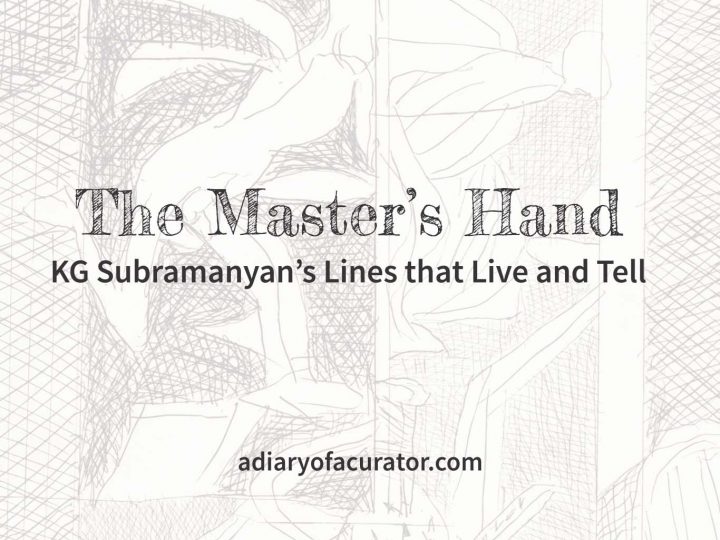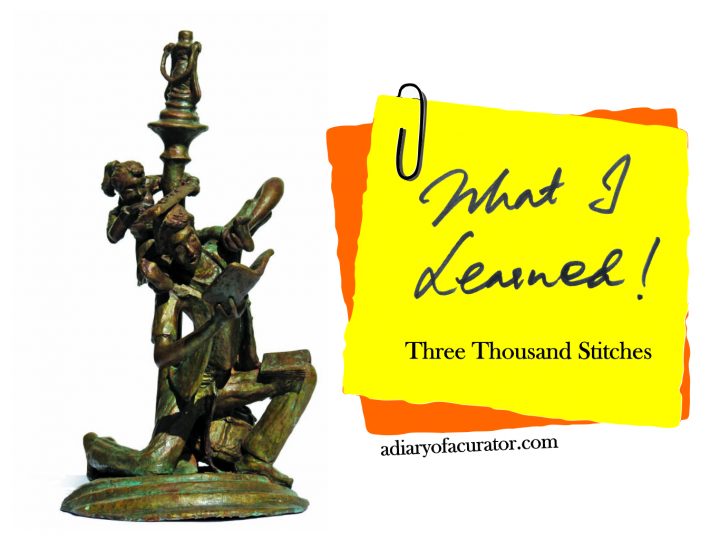The Significance of the Artist and Subject | The Eternal Fire of Kabir
Gulam Mohammed Sheikh (b.1937), a maestro and living legend of Indian art, creates work that serves as the bridge between the unseen and the seen, offering us glimpses into the depths of the human experience. This work is a dialogue between the physical world and the supernatural evoking a sense of magical realism. It is here that Sheikh brings to life the deep wisdom of Sant Kabir, transforming the poet’s spiritual reflections into a visual language that speaks louder than words. Kabir’s verses, ingrained in the complexities of the human condition, find their ultimate expression through Sheikh’s exceptional technique, which elevates their message into something both timeless and universally relevant.
Storytelling Through Technique | The Lines That Speak
In the hands of Sheikh, the technique is not merely a tool—it is the very soul of the story. Sheikh’s etching, inspired by Kabir’s verse, “ऐसा कोई न मिलया जा सों रहिए लाग सब जग जलता देखया अपनी अपनी आग,” captures the essence of the poet’s reflection on human nature and spiritual yearning. The verse speaks of the personal struggles that trap us in the fires of our desires, and Sheikh’s etching brings this inner turmoil to life with every confident stroke of the line. With each curve and direction, the lines narrate a tale of being entangled in desires, symbolizing the conflict between ego and peace. It is as if the lines themselves are the fire that burns within, and the composition, though minimalistic, speaks volumes. The interplay of space, tone, and texture invites the viewer into a meditative state, drawing them into the narrative without the need for excessive detail.
The Aesthetic and Intellectual Value | The Power of Simplicity
This etching is a spiritual powerhouse. Sheikh’s work transforms the viewer into a participant in Kabir’s timeless call to rise above the fires of worldly distractions. The central figure in the etching, sitting in contemplation, represents the soul, offering wisdom to those lost in the chaos of life. This composition, though spare in its use of space and color, speaks volumes. The brown tones, the confident lines, and the empty spaces serve as metaphors for Kabir’s message—less is more. Through simplicity, Sheikh invites the viewer into a world of meditation, where the minimalism of the composition allows for a deeper exploration of the soul. It is in this very space that the philosophy of Kabir comes alive, not as a mere observation, but as a call to action—to look inward, to find peace.
About the Artist | A Master of Narrative and Technique
Gulammohammed Sheikh’s work is a reflection of his lifelong commitment to both art and philosophy. Born in Surendranagar, Gujarat, Sheikh’s journey as an artist has been one of constant evolution. After completing his master’s in fine arts at the University of Baroda, Sheikh received the prestigious Commonwealth Scholarship to study at the Royal College of Art in London. This exposure to Western artistic traditions fused with his Indian upbringing has allowed him to develop a unique visual language that bridges the gap between Eastern and Western art forms.
Sheikh’s early rebellion against the prevailing art norms led him to form Group 1890 in 1963, a collective of artists who sought to revive narrative and figurative art in the face of an abstract and non-representational trend. His art is deeply autobiographical, filled with references to his personal memories, cultural surroundings, and the universal human experience. His work is about the stories that shape our lives and the histories that define us.
Sheikh’s achievements are numerous and significant. He has received multiple accolades, including the National Award from the Lalit Kala Akademi in 1962, the Padma Shri in 1983, and the Padma Bhushan in 2014. His works have been featured in prominent institutions, including the National Gallery of Modern Art in New Delhi, the Victoria and Albert Museum in London, and the Fukuoka Asian Art Museum in Japan, to name a few. Beyond his artistic practice, Sheikh has contributed to the academic world as a writer, critic, and historian, influencing the Indian art scene.
Photos and Text © Chaitya Dhanvi Shah





